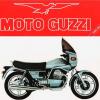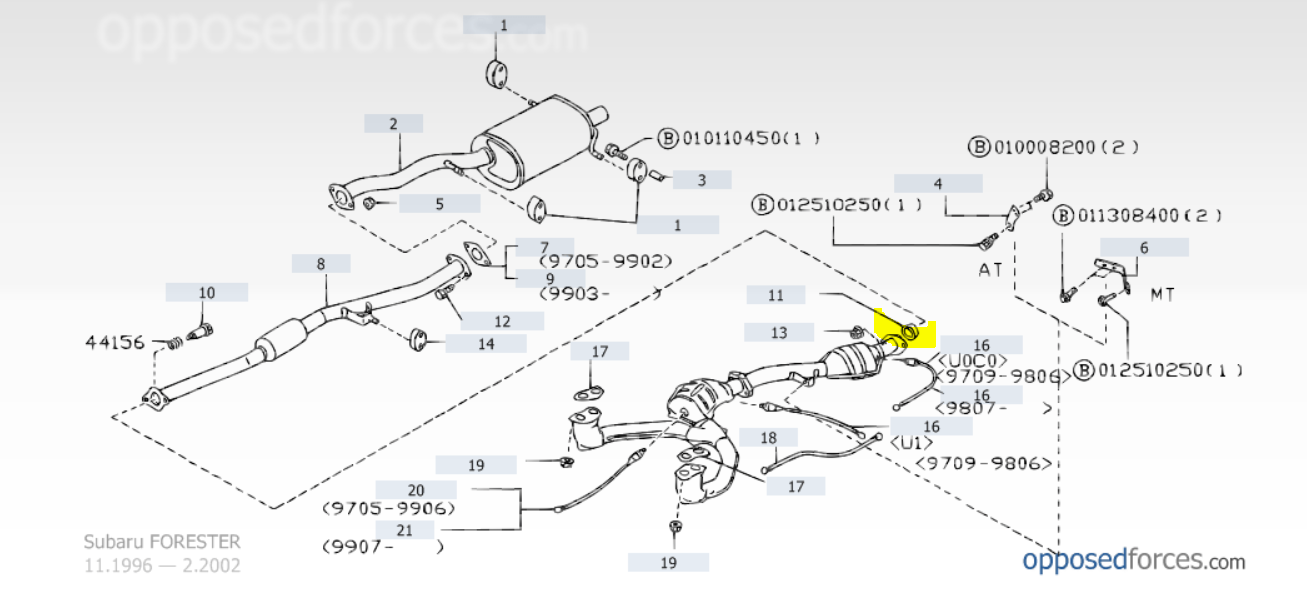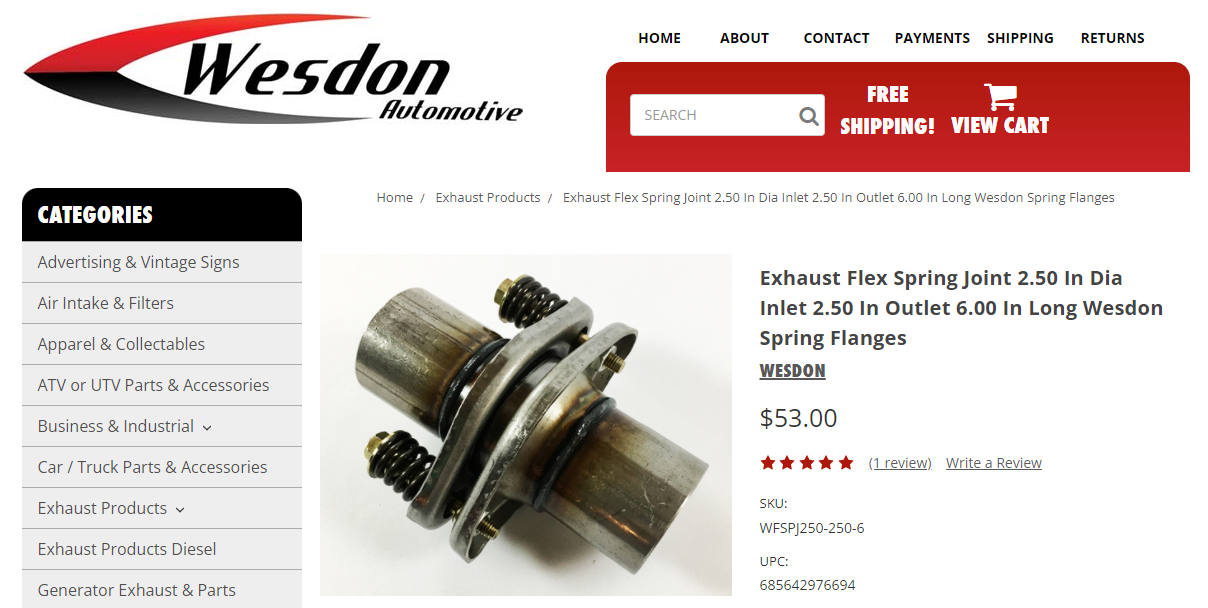-
Posts
4597 -
Joined
-
Last visited
-
Days Won
157
Content Type
Profiles
Forums
Gallery
Store
Everything posted by lmdew
-
Boots can be changed. It's tight, but you can do it. Sometimes it helps to drop the Y-pipe a bit. I pin punch the tie rod nut and then use a pice of wire to record the lenght the nut is off the inner tie rod. It allows you to put it back to almost aligned. Unscrew the inner tierod, remove the nut and replace the boot. Put it all back together and get an alignment.






